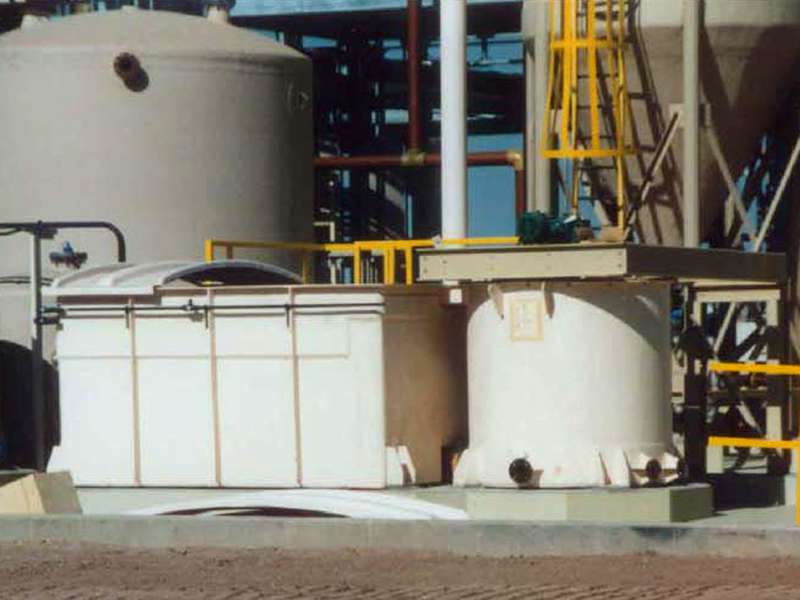
-
 Afrikaans
Afrikaans -
 Albanian
Albanian -
 Amharic
Amharic -
 Arabic
Arabic -
 Armenian
Armenian -
 Azerbaijani
Azerbaijani -
 Basque
Basque -
 Belarusian
Belarusian -
 Bengali
Bengali -
 Bosnian
Bosnian -
 Bulgarian
Bulgarian -
 Catalan
Catalan -
 Cebuano
Cebuano -
 China
China -
 China (Taiwan)
China (Taiwan) -
 Corsican
Corsican -
 Croatian
Croatian -
 Czech
Czech -
 Danish
Danish -
 Dutch
Dutch -
 English
English -
 Esperanto
Esperanto -
 Estonian
Estonian -
 Finnish
Finnish -
 French
French -
 Frisian
Frisian -
 Galician
Galician -
 Georgian
Georgian -
 German
German -
 Greek
Greek -
 Gujarati
Gujarati -
 Haitian Creole
Haitian Creole -
 hausa
hausa -
 hawaiian
hawaiian -
 Hebrew
Hebrew -
 Hindi
Hindi -
 Miao
Miao -
 Hungarian
Hungarian -
 Icelandic
Icelandic -
 igbo
igbo -
 Indonesian
Indonesian -
 irish
irish -
 Italian
Italian -
 Japanese
Japanese -
 Javanese
Javanese -
 Kannada
Kannada -
 kazakh
kazakh -
 Khmer
Khmer -
 Rwandese
Rwandese -
 Korean
Korean -
 Kurdish
Kurdish -
 Kyrgyz
Kyrgyz -
 Lao
Lao -
 Latin
Latin -
 Latvian
Latvian -
 Lithuanian
Lithuanian -
 Luxembourgish
Luxembourgish -
 Macedonian
Macedonian -
 Malgashi
Malgashi -
 Malay
Malay -
 Malayalam
Malayalam -
 Maltese
Maltese -
 Maori
Maori -
 Marathi
Marathi -
 Mongolian
Mongolian -
 Myanmar
Myanmar -
 Nepali
Nepali -
 Norwegian
Norwegian -
 Norwegian
Norwegian -
 Occitan
Occitan -
 Pashto
Pashto -
 Persian
Persian -
 Polish
Polish -
 Portuguese
Portuguese -
 Punjabi
Punjabi -
 Romanian
Romanian -
 Russian
Russian -
 Samoan
Samoan -
 Scottish Gaelic
Scottish Gaelic -
 Serbian
Serbian -
 Sesotho
Sesotho -
 Shona
Shona -
 Sindhi
Sindhi -
 Sinhala
Sinhala -
 Slovak
Slovak -
 Slovenian
Slovenian -
 Somali
Somali -
 Spanish
Spanish -
 Sundanese
Sundanese -
 Swahili
Swahili -
 Swedish
Swedish -
 Tagalog
Tagalog -
 Tajik
Tajik -
 Tamil
Tamil -
 Tatar
Tatar -
 Telugu
Telugu -
 Thai
Thai -
 Turkish
Turkish -
 Turkmen
Turkmen -
 Ukrainian
Ukrainian -
 Urdu
Urdu -
 Uighur
Uighur -
 Uzbek
Uzbek -
 Vietnamese
Vietnamese -
 Welsh
Welsh -
 Bantu
Bantu -
 Yiddish
Yiddish -
 Yoruba
Yoruba -
 Zulu
Zulu
frp damper
Understanding FRP Dampers A Revolution in Structural Engineering
Fiber Reinforced Polymer (FRP) dampers have emerged as a cutting-edge solution in the realm of structural engineering, particularly in the protection of buildings and infrastructure against dynamic loads, such as earthquakes and wind-induced vibrations. As urbanization accelerates and the frequency of seismic events increases, the need for effective damping systems becomes more crucial than ever. This article explores the significance, functionality, and advantages of FRP dampers in modern engineering.
Understanding FRP Dampers A Revolution in Structural Engineering
The primary function of FRP dampers is to dissipate energy generated by dynamic forces, which can significantly reduce the stress imposed on structures during extreme events. When an earthquake or strong wind occurs, FRP dampers absorb and dissipate the vibrational energy, thereby decreasing the amplitude of oscillations. This energy dissipation is critical for maintaining structural integrity and ensuring the safety of occupants.
frp damper

Moreover, the design versatility of FRP materials allows engineers to tailor dampers to specific applications and performance requirements. This customization is beneficial in diverse settings, from high-rise buildings in earthquake-prone areas to bridges subjected to heavy traffic loads. By strategically integrating FRP dampers into a structure's design, engineers can optimize performance without compromising aesthetic considerations.
In addition to their mechanical properties, the environmental impact of FRP dampers is noteworthy. With an increasing focus on sustainable construction practices, FRP materials offer a viable solution that contributes to greener building designs. Their lightweight composition reduces the carbon footprint associated with transportation and installation, and their durability minimizes the need for replacement and repair, further supporting sustainability initiatives.
However, it is essential to note that while FRP dampers present numerous advantages, they are not without challenges. The initial cost of FRP materials can be higher than traditional options, which may deter some projects. Furthermore, ongoing research is necessary to fully understand the long-term performance of FRP dampers under various environmental conditions and loading scenarios.
In conclusion, Fiber Reinforced Polymer dampers represent a significant advancement in structural engineering solutions. Their ability to effectively reduce dynamic loads while being lightweight and corrosion-resistant makes them an outstanding choice for modern construction projects. As we continue to face the challenges of natural disasters and the demands of urban environments, the implementation of FRP dampers will likely play a pivotal role in enhancing the safety and resilience of our infrastructure. Embracing this technology not only ensures structural integrity but also aligns with the broader goals of sustainable development in the engineering field. As research and development in this area progress, we can expect even more innovative applications of FRP dampers in the future.









